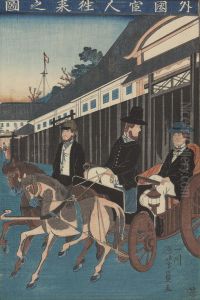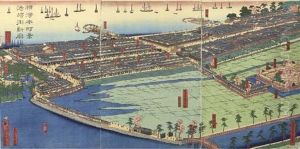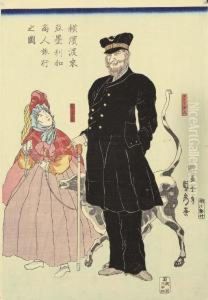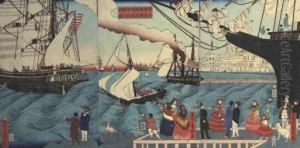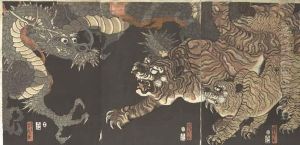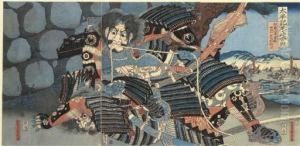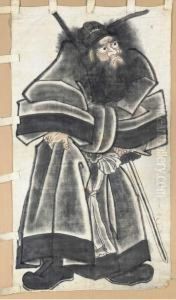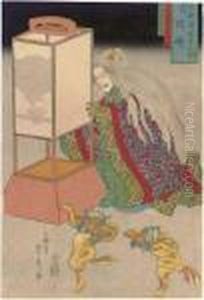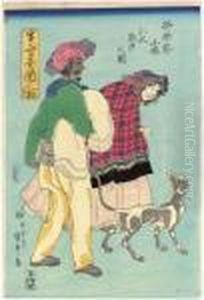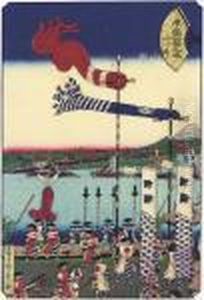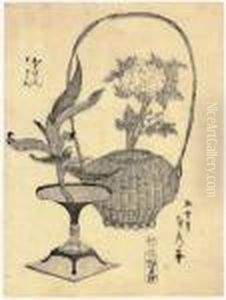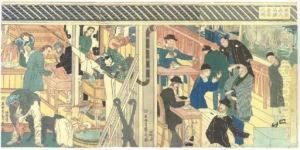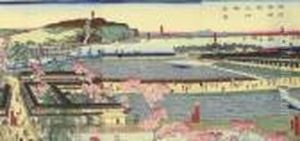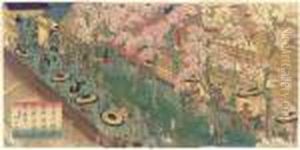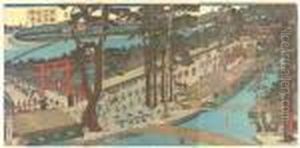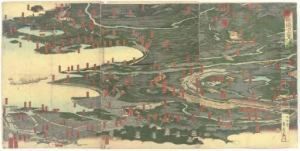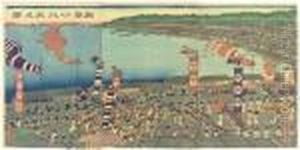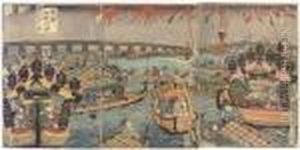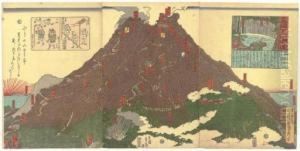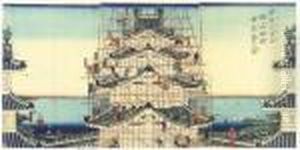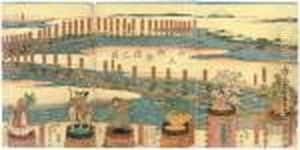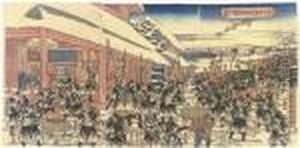Sadahide Hashimoto Paintings
Sadahide Hashimoto was a Japanese artist known for his ukiyo-e woodblock prints, particularly during the late Edo period. He was born in 1807 in Japan, and his birth name was Hashimoto Kenjirō. Sadahide was a student of the ukiyo-e master Utagawa Kunisada, who was one of the most popular and prolific print designers of his time. Under Kunisada's guidance, Sadahide developed his skills in the traditional Japanese art of woodblock printing.
Sadahide is especially recognized for his 'Yokohama-e' prints, which depict scenes of Yokohama and its international community after Japan opened its ports to foreign trade in 1854. These works are valuable historical records of the cultural exchange between Japan and other countries during a period of significant transition. Sadahide's Yokohama-e prints often featured foreigners and their ships, providing a unique perspective on the early days of international trade in Japan.
In addition to Yokohama-e, Sadahide also produced a wide range of subjects including landscapes, warrior prints, and images of daily life. He was skilled in creating detailed and dynamic compositions that captured the essence of the subjects he portrayed. His work is characterized by a keen attention to detail and a bold use of line and color.
Sadahide's career spanned a significant period of change in Japan, from the isolationist policies of the Edo period to the modernization of the Meiji Restoration. His prints provide insight into the social and political atmosphere of the time, as well as the artistic trends that influenced Japanese printmaking.
Sadahide's exact date of death is uncertain, but it is believed that he died between 1878 and 1879. His contributions to the art of ukiyo-e have been recognized by art historians, and his prints continue to be studied and appreciated for their historical and artistic value.
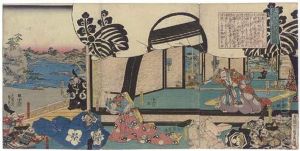
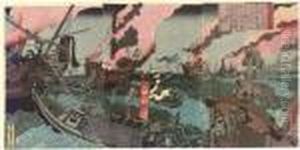
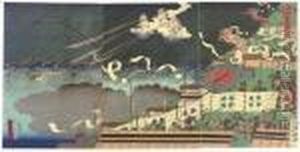
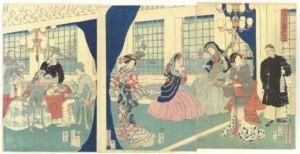
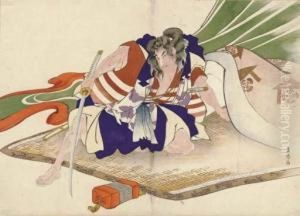
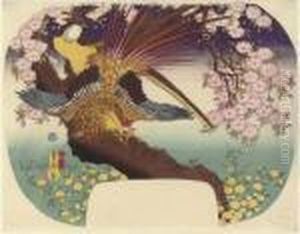
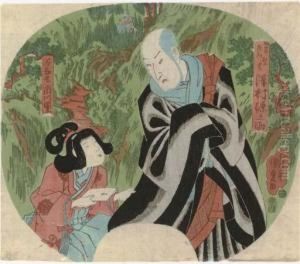

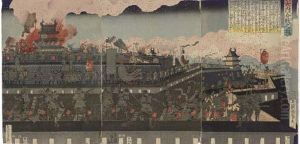
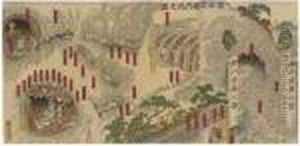
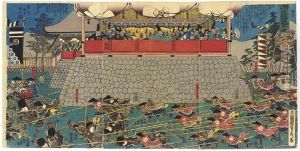
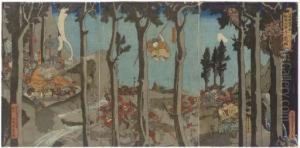
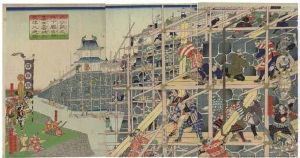
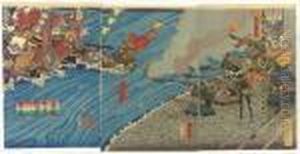
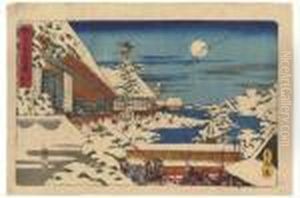
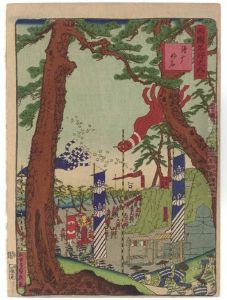
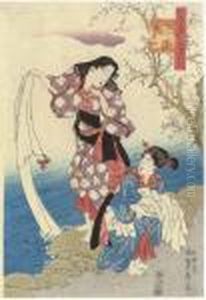
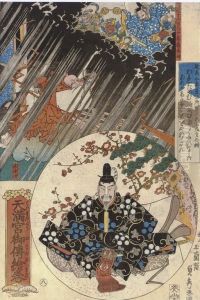
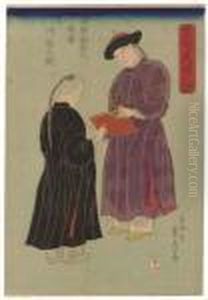
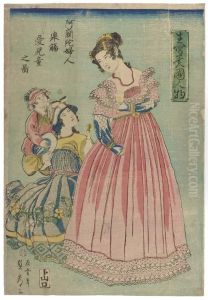
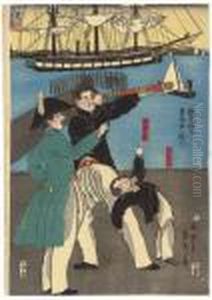
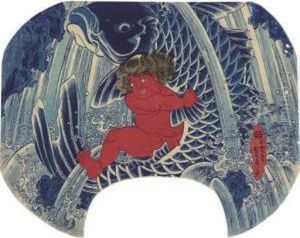
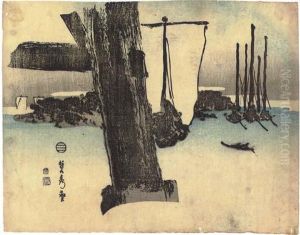
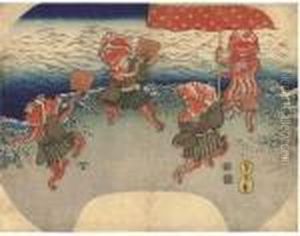
![Kanagawa Yokohama Annai Zue [a Guide To Yokohama Harbour, Kanagawa]](https://www.niceartgallery.com/imgs/653932/s/sadahide-hashimoto-kanagawa-yokohama-annai-zue-a-guide-to-yokohama-harbour-kanagawa-cbda9ac3.jpg)
